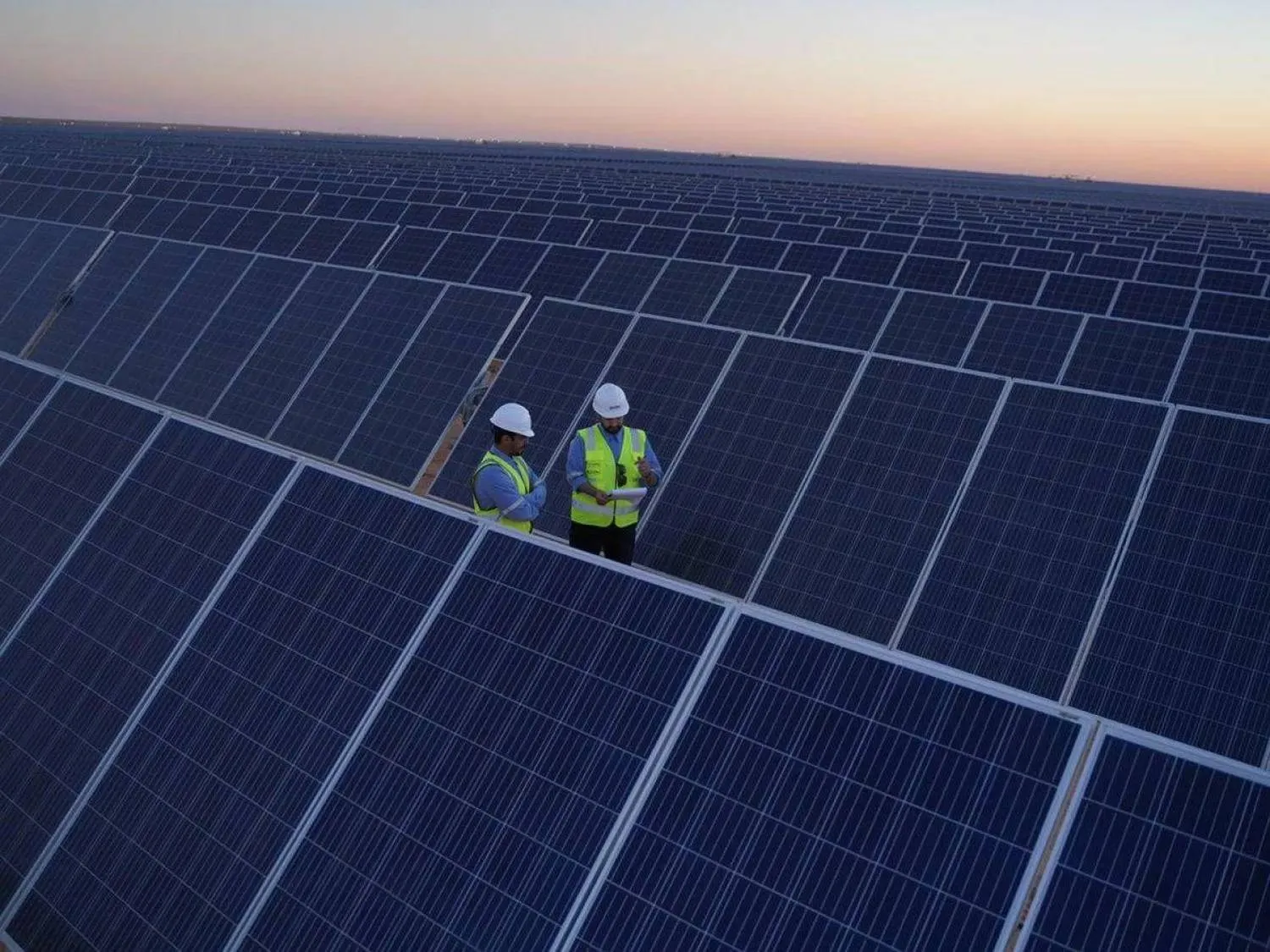Saudi Arabia is accelerating its efforts to build a comprehensive financial market, driven by substantial investments under the Vision 2030 blueprint, wide-ranging regulatory reforms, and initiatives aimed at attracting foreign capital.
According to S&P Global Ratings, the expansion of these markets will enable companies to diversify their funding sources and secure long-term financing.
As part of this strategy, the Kingdom is working to establish a local secondary market for riyal-denominated debt instruments supported by a diverse mix of issuers and investors. While large-scale hard-currency issuances by non-financial corporations began only in recent years, their volume has grown significantly.
A major step in this transformation was creating a sovereign yield curve in local currency. Saudi Arabia resumed issuing riyal-denominated instruments in 2015 and, two years later, launched a sukuk program through the National Debt Management Center.
Monthly issuances of these sukuk established a sovereign benchmark that non-sovereign issuers could reference when pricing their own debt.
To broaden market participation, the Debt Management Center partnered in 2018 with five local financial institutions to expand the investor base and improve liquidity in government securities. Additional intermediaries were added in 2021, followed by five international banks in 2022.
Also in 2018, Saudi Arabia launched the Financial Sector Development Program to strengthen capital markets, with particular focus on the debt segment. This effort brought together the Capital Market Authority, the Saudi Central Bank, and the Ministry of Finance to coordinate supporting policies and initiatives.
On the infrastructure front, Saudi Arabia established the Securities Depository Center (Edaa) and the Securities Clearing Center (Muqassa), while the Saudi Stock Exchange (Tadawul) has significantly upgraded its trading and post-trade platforms.
In 2021, Tadawul was restructured into Saudi Tadawul Group Holding to streamline operations and improve governance. Collaboration between Edaa and Euroclear has since enabled foreign investors to access Saudi sukuk and bond markets more easily while enhancing clearing and settlement processes. In 2023, tax treatment of sukuk and debt instruments was further refined to encourage issuance and trading.
These measures have helped secure the inclusion of Saudi riyal-denominated bonds in several emerging market bond indices. More recently, the government enacted the Investment Law in 2024 and updated pension regulations to further support capital market development.
Despite this progress, S&P notes that the market still requires a broader base of corporate issuers. Outstanding corporate sukuk and bonds more than doubled to $37 billion in the first quarter of 2025, up from $15.5 billion in the same period of 2020. Between early 2020 and 2025, sovereign debt issuances totaled about $92.7 billion, while non-sovereign issuance reached $63.5 billion. For perspective, Saudi banks’ loans to the private sector stood at $804 billion as of April 2025. Corporate issuance now accounts for 3.4% of GDP, up from 1.9% five years ago, although still below levels seen in more mature emerging markets.
The asset management industry has also expanded rapidly, with assets under management rising to approximately $281 billion by the end of 2024, compared to $88 billion in 2015. S&P projects that, assuming 10% annual growth, assets could approach $500 billion by 2030.
A deeper and more liquid domestic debt market is expected to enhance financial stability, reduce reliance on bank loans, and offer a broader range of funding options. Ultimately, these developments support Saudi Arabia’s goals of economic diversification and building a more resilient financial system.









